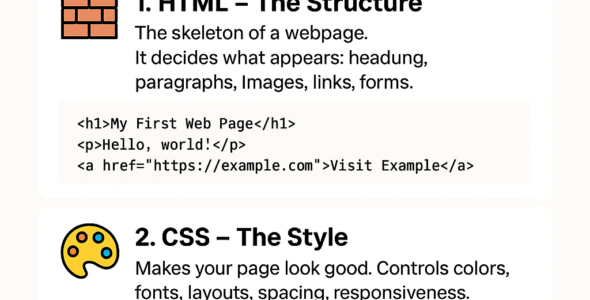In this module, we'll explore the world of CSS transitions and animations, which are used to create dynamic and interactive web pages. You'll learn about the different types of transitions and animations, their syntax, and how to use them effectively.
CSS Transitions
CSS transitions are used to animate the change of a property's value over a specified duration. They are defined using the transition property, which takes four values:
- property: The property to be animated.
- duration: The duration of the animation.
- timing-function: The timing function of the animation.
- delay: The delay before the animation starts.
Syntax
element {
transition: property duration timing-function delay;
}
Examples
- Create a transition effect: transition: opacity 0.5s ease-in-out;
- Create a transition effect with delay: transition: opacity 0.5s ease-in-out 0.2s;
CSS Animations
CSS animations are used to create complex animations by defining keyframes and applying them to an element. They are defined using the animation property, which takes five values:
- name: The name of the animation.
- duration: The duration of the animation.
- timing-function: The timing function of the animation.
- iteration-count: The number of times the animation should be played.
- direction: The direction of the animation.
Syntax
element {
animation: name duration timing-function iteration-count direction;
}
Examples
- Create an animation effect: animation: spin 2s linear infinite;
- Create an animation effect with keyframes:
@keyframes spin {
0% {
transform: rotate(0deg);
}
100% {
transform: rotate(360deg);
}
}
Best Practices
Here are some best practices to keep in mind when working with CSS transitions and animations:
- Use transitions to animate simple property changes.
- Use animations to create complex animations.
- Use the transition property to animate properties over time.
- Use the animation property to create complex animations.
- Test your transitions and animations in different browsers and devices.
By mastering CSS transitions and animations, you'll be able to create more dynamic and interactive web pages. In the next module, we'll explore CSS media queries in depth.

